Favourite finds from Drapers’ Hall dig in Coventry
Our recent excavations at Drapers’ Hall in Coventry ahead of its transformation into a new music venue by Historic Coventry Trust with support from The Prince’s Foundation revealed more about how Coventry’s historic core was used over the centuries. Finds from the site have provided tantalising insight into what the structures uncovered may have been used for, with possibilities ranging from metalworking and fulling cloth, to button making and quarrying. Here are a few of our favourite finds from the dig:
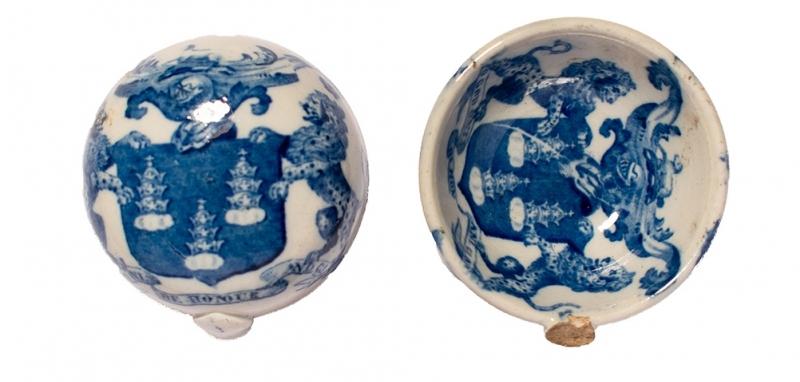
These two ladle bowls probably formed part of a punchbowl set – their handles are now missing. They have the heraldic arms of the Drapers Company - in use from 1613 onwards - transfer printed onto exterior and interior surface. They were recovered from an 18th or 19th century rubbish pit. If you look closely, you will see that the arms feature three papal tiaras.

This stone mould would have been used for casting metals in the fourteenth or fifteenth century. It features an engraved daisy wheel. The symbol is often seen on the walls of churches as a protective symbol, so perhaps it was added to ensure that casting went well.
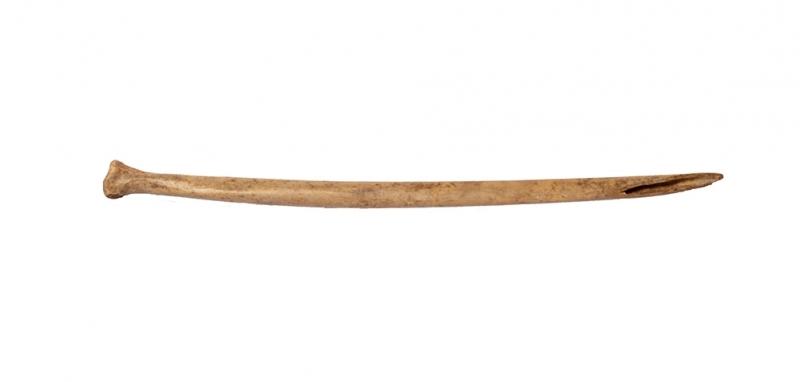
This complete bird bone pen is one of two found during the excavation. It has a tapering ‘nib’ at its distal end which would have been dipped in ink. Two similar broken examples have been found in Coventry in antiquity. They likely date to the sixteenth or seventeenth-centuries.
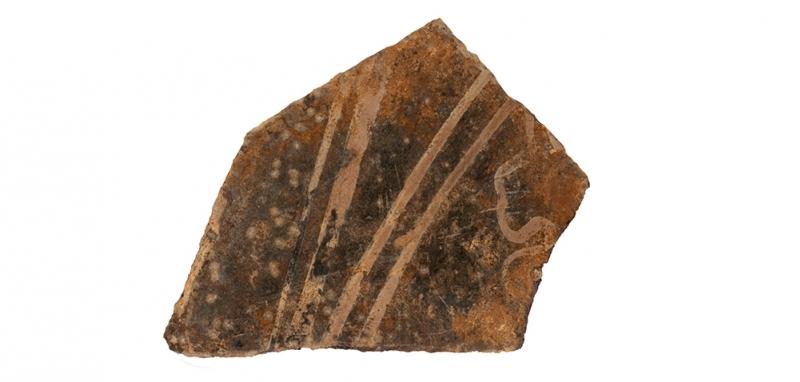
It is thought that this fragment of painted medieval glass may have once been part of the nearby Benedictine Priory and Cathedral of St. Mary (only 180m north-west of the site) due to similarities with other glass fragments found on the Coventry Benedictine Priory site. It may have been brought to the Bayley Lane site among demolition rubble after the Priory was dissolved in 1539.
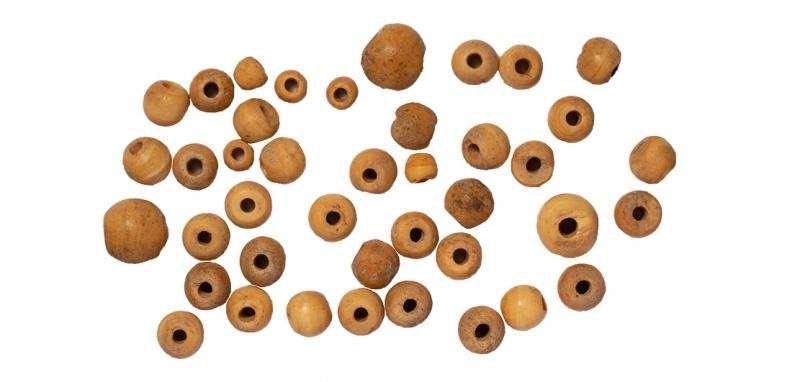
This set of beads was found in a rectangular stone-lined pit thought to have been used for fulling- a step in the manufacture of woollen cloth in which it is cleansed of oils and other impurities to make it thicker- which was later re-purposed as a rubbish pit at some point in the first half of the sixteenth century. The beads may have formed part of a string of rosary beads.
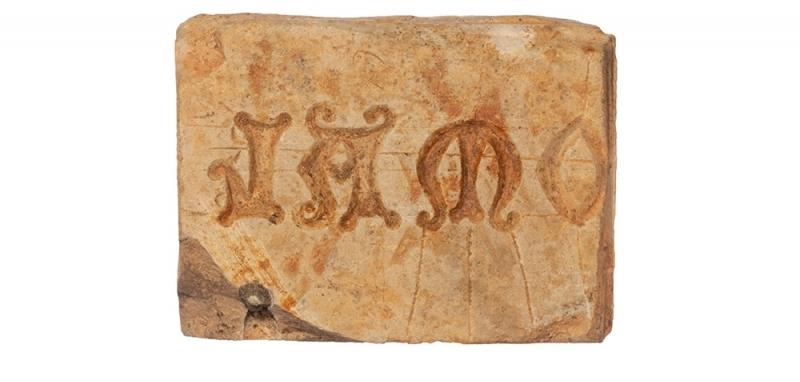
This stone mould would have been used to cast decorative metal letters to be riveted onto leather goods such as belts or bags and used to spell out various words. Considerable time would have been invested in carving each letter mould, but it could then be used again and again. Tiny lines radiate from the carved impression to the mould edge to allow trapped air to escape thus increasing the chance of a better casting. The corner has been broken, perhaps an attempt to remove the lead lug. Two stone moulds dating to the fourteenth or fifteenth century were found during the excavation displaying letters of different styles and sizes, possibly even made for a specific client.
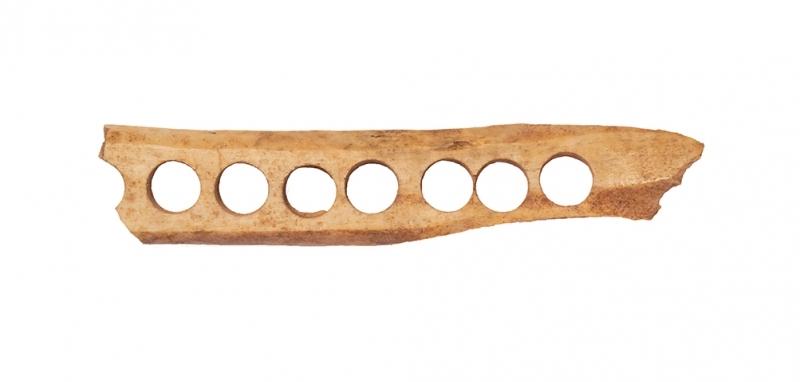
This fragment of bone is thought to be waste product from the production of bone buttons carried out on site in the fourteenth or fifteenth centuries. Button discs would have been drilled from both sides using a lathe – we know this because there is a central ridge visible inside each circular hole.
These observations are just the beginning - our specialists will analyse the finds from the site in detail to tell us even more about the medieval industrial processes, production and craft activities taking place in the area.